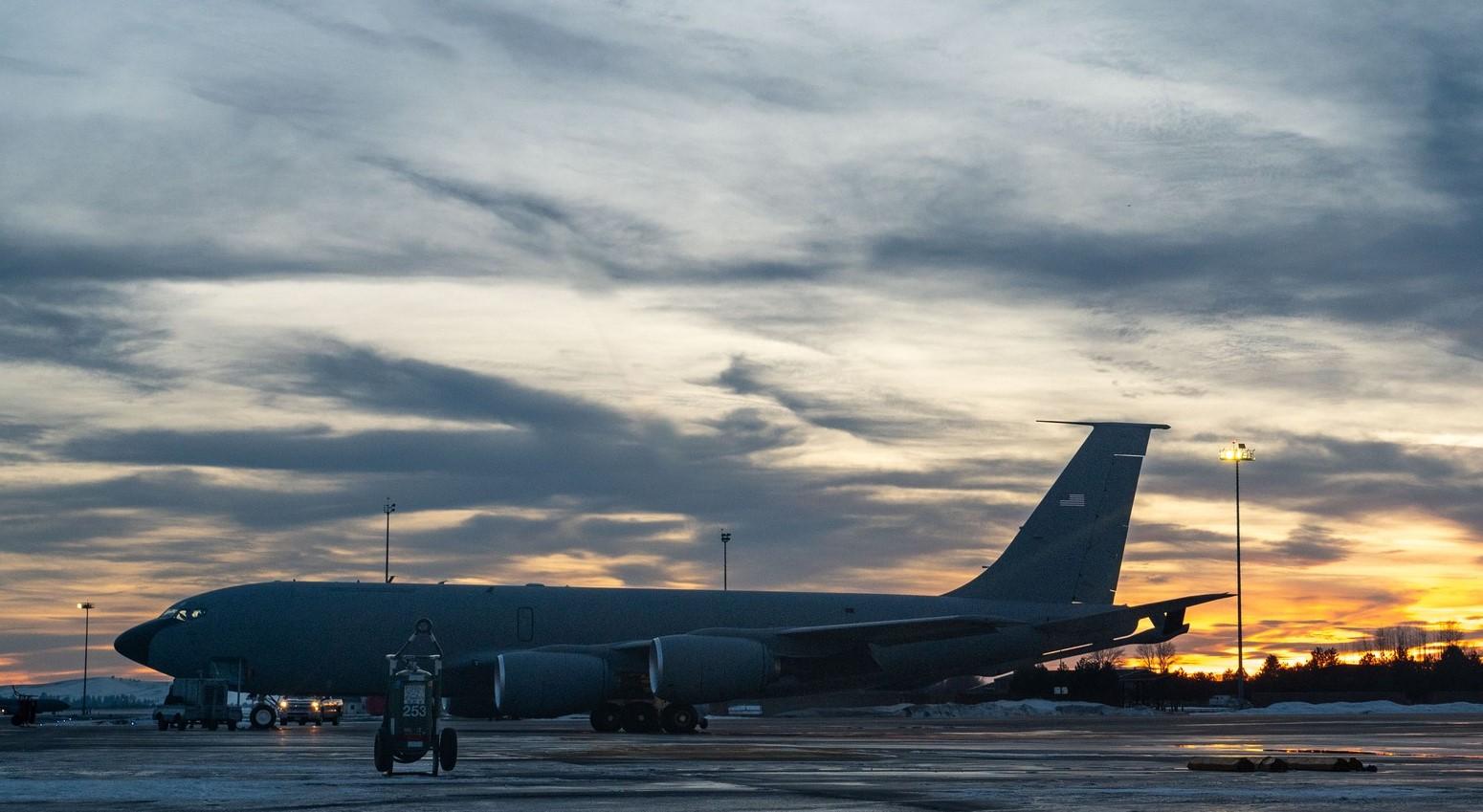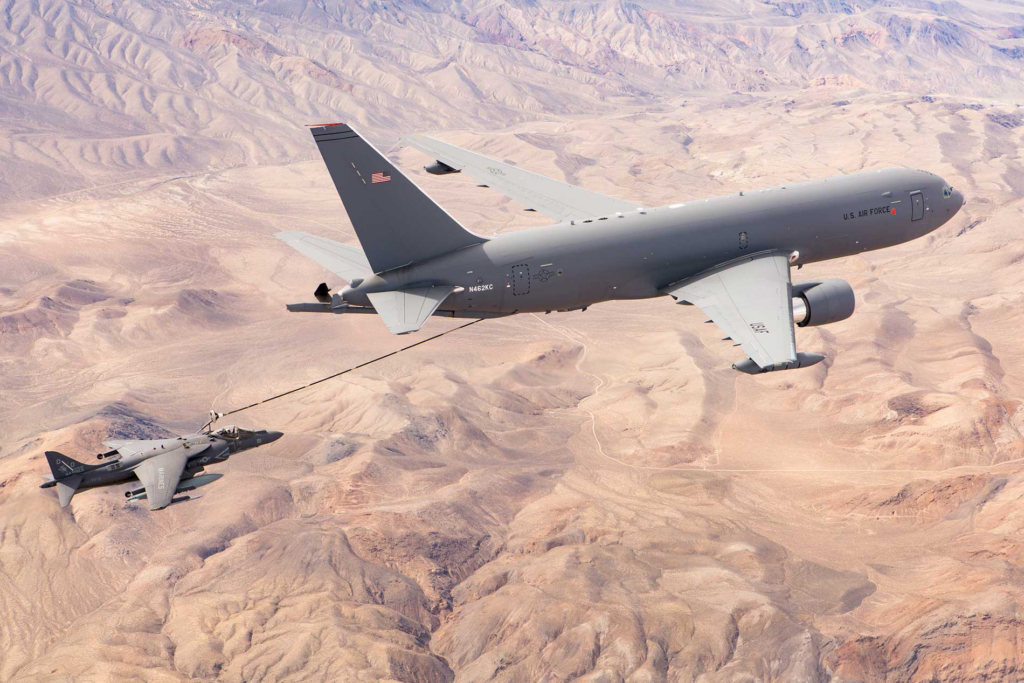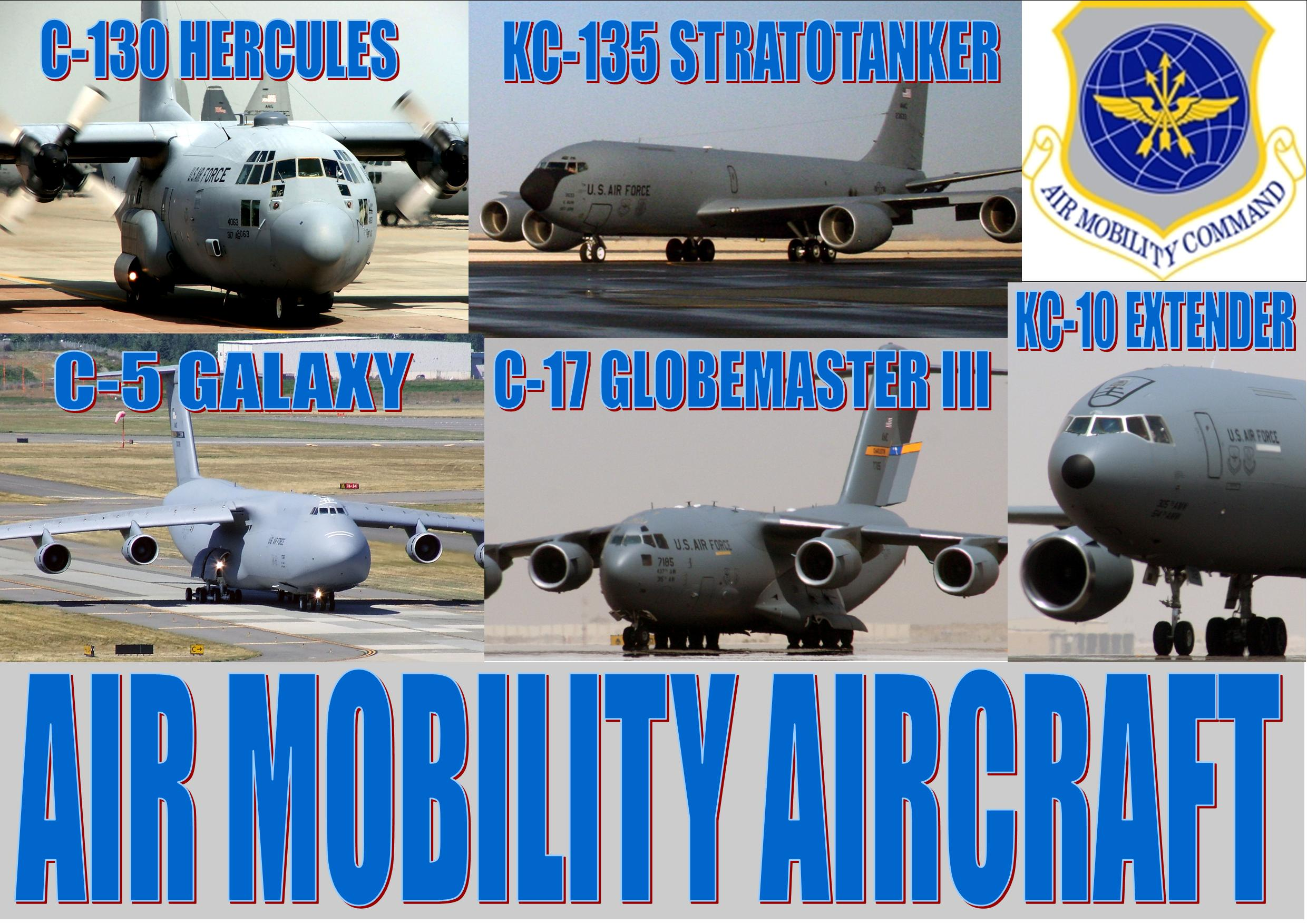Die US- Fachzeitschrift „Aviation Week“ berichtet dies:
USAF Mobility Aircraft Operating Without Most Markings, Tail Numbers

For decades, airlift and tanker aircraft of the U.S. military have flown with a proud “U.S. AIR FORCE” painted on the side of the fuselage, along with markings indicating home units, tail numbers and oftentimes a tail flash showing the unit’s heritage.
But that is no more for much of Air Mobility Command (AMC).
AMC recently directed a change to its fleet, removing the large “U.S. AIR FORCE,” unit markings, tail numbers and other identifying markings. Recent photographs of KC-135s and C-130s operating show just a small U.S. flag on the tail and a light gray Air Force roundel.
AMC says the change was directed for operational security.
“We operate across the globe every day, often supporting sensitive movements of people and cargo. Understandably, we have concerns about the operational security impacts to these missions in the modern era of on-demand, real-time information,” AMC says in a statement. “Subdued paint schemes that limit identifiable information is one way we are taking a hard look at how we operate to ensure our ability to continue to deliver for America and our allies and partners around the world.
“Because of operational security concerns, we cannot provide specifics, though our aircraft will maintain markings as required by law.”
The command would not elaborate on the change beyond this statement.
The changes mean some of the most common aircraft in the U.S. Air Force fleet, such as the KC-135 tanker, will have less markings than some combat and special operations aircraft.
AMC has recently removed tail flashes for its active-duty tankers, starting with the new Boeing KC-46. The decision was made to make it easier for aircraft to move between units without having to be repainted. But that change was specifically for what AMC calls fleet management and not related to limiting public knowledge of aircraft movements.
It also comes as AMC has worked to overhaul itself into a warfighting command instead of one focusing on support for combat aircraft. The command is working to make its aircraft directly contribute to a fight, through steps such as launching cruise missiles from a pallet on a C-130 and UAVs from KC-135s.
“Woven through our culture is a foundational knowledge of the business we are in, the war business,” AMC Commander Gen. Mike Minihan wrote in a “manifesto” to the command in October. “The tactics, techniques, and procedures we refine daily and those that have been refined from the long line of Mobility Airmen before us. Lethality is what we will deliver.”


